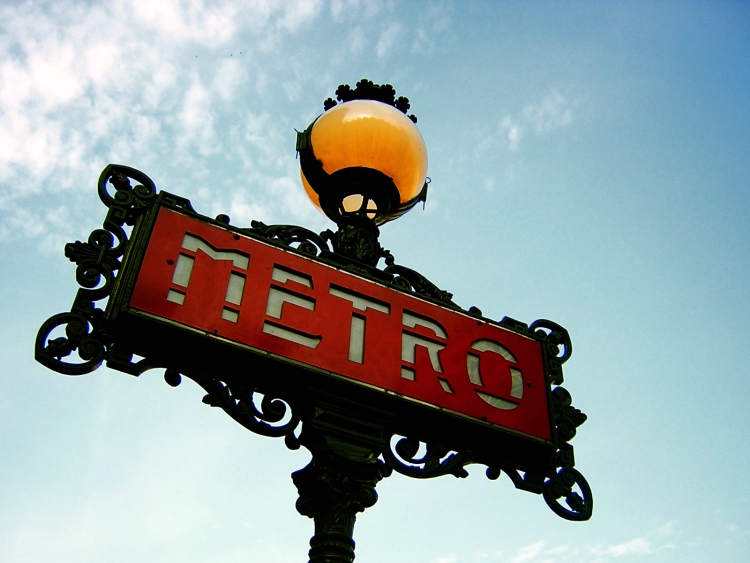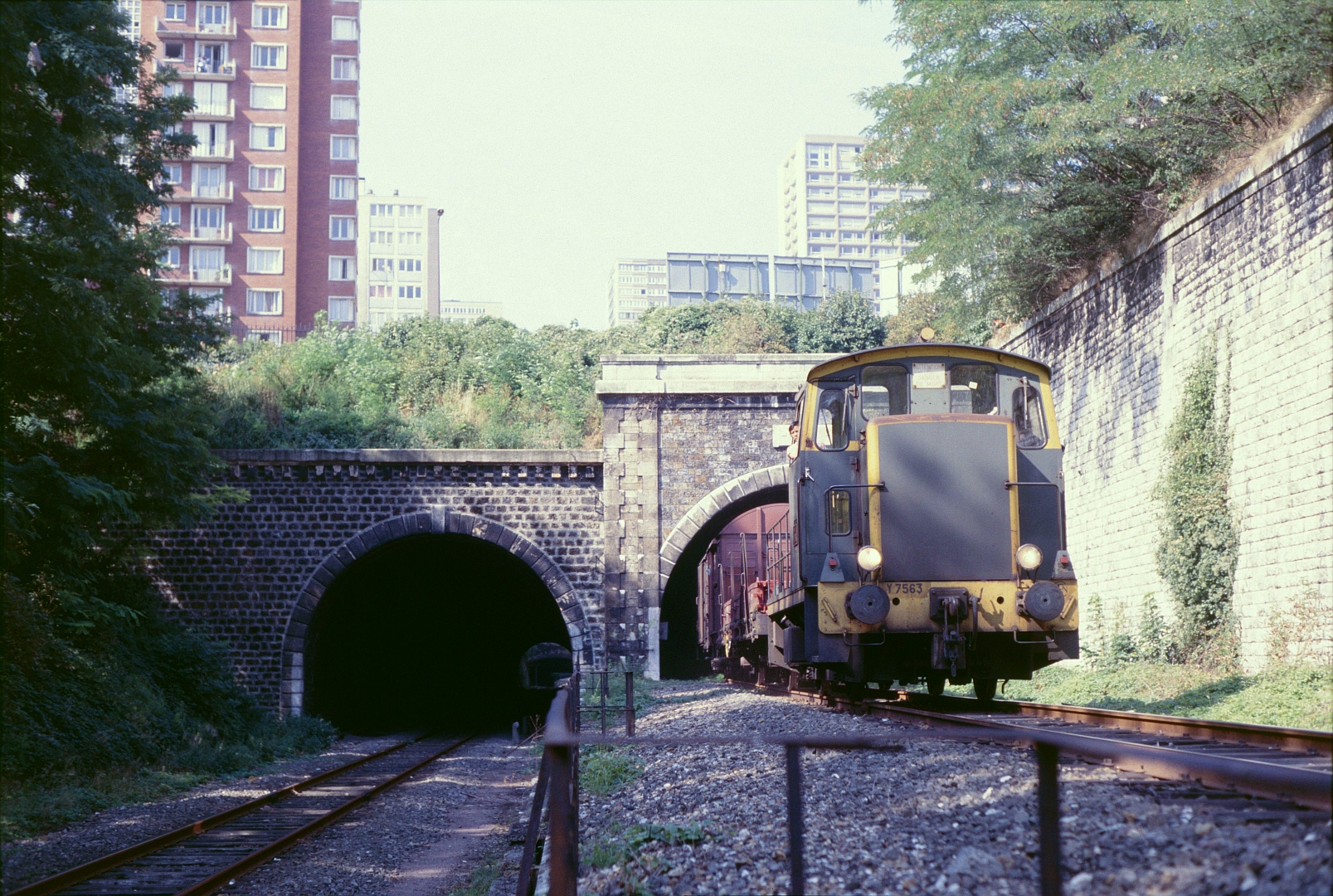The History and Mystery of Paris Transportation

There are several means we use to get around Paris. From the bus to the Métro, all have their advantages — and, of course, their drawbacks as we tune out the woman talking loudly on her phone or ignore the man begging for money.
Annoyances aside, the city’s transportation has a fascinating history. That history is being transformed to serve new purposes for Parisians. These places have surprising uses and there are several things you may not have known. Some stops have never been put to use because they were left incomplete in construction phase or have been merged because of their close proximity to other stations. Porte Molitor, for example, was built in the early 20th century but its tracks were never put to use. Located in the 16th arrondissement, the station was originally constructed in 1923 as a means of linking lines nine and ten but it now serves as a station to park trains when the metro is not in service. As there are no entrances from street level, there is no access to the public from outside. On various occasions, many abandoned stops can be seen via the RATP's special tour trains.
While some stops have been known for their inactivity, others have been put to good use — whether humanitarian or entertainment. Saint Martin station, situated between lines 8 and 9, was closed in 1939 shortly before World War II. It reopened to become a homeless shelter. In 2014, Paris mayor candidate Nathalie Kosciusko-Morizet proposed that abandoned Métro stations underground be modeled into spots of entertainment for Parisians. If that vision ever come to fruition, Paris could see some of its once-abandoned stops as an innovative social space, including leisurely venues such as swimming pools, gardens, and museum exhibits.
La Petite Ceinture (The Little Belt) was built in the 19th century and served as a mode of transportation for passenger trains. After the Métro replaced it in 1900, its usage as an active railway ended in 1934. The narrow bridge transforms into something different in every arrondissement. In the 15th, joggers and walkers who stroll through the city's narrow path run into greenery alongside where there are more than 200 plant species. Mayor Ann Hidalgo proposed that the hidden pockets along the inactive railroad could be turned into places of leisure and entertainment, just like the equally intriguing ghost stops hidden underground. Though some say the narrow path's ecological diversity could be threatened with the installment of such spaces.
La Petite Ceinture circa 1985. Image Credit: Wikimedia Commons/Didier Duforest
Originally viewed as no contest to its more modern counterparts, the Tram in Paris was originally closed in March 1937. Its use is not exclusive to Paris, but is a transport common to France in general. The rise of automobiles made transportation system seem a bit archaic. Though it was overshadowed in terms of relevance to other forms of transportation, RAPT reopened the Tram in 1986 in order to ease the level of pollution in the city. Other cities to restore it include Strasbourg, Grenoble, and Orléans. Today it is highly regarded as an efficient mode of travel —though it is small, it can accommodate thousands of commuters in a single hour.
Though transportation in Paris can be crowded, dirty, and shady, it has a history as diverse as the people who ride it every day.


